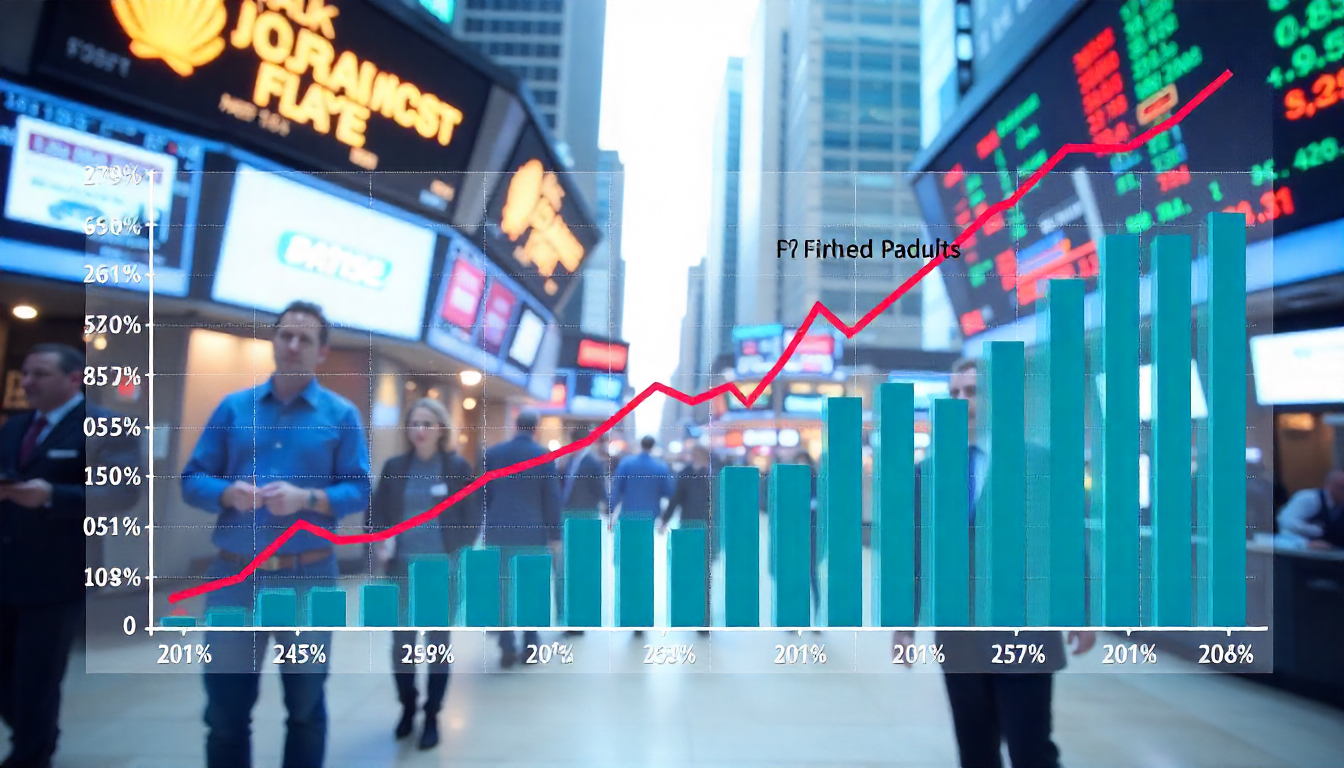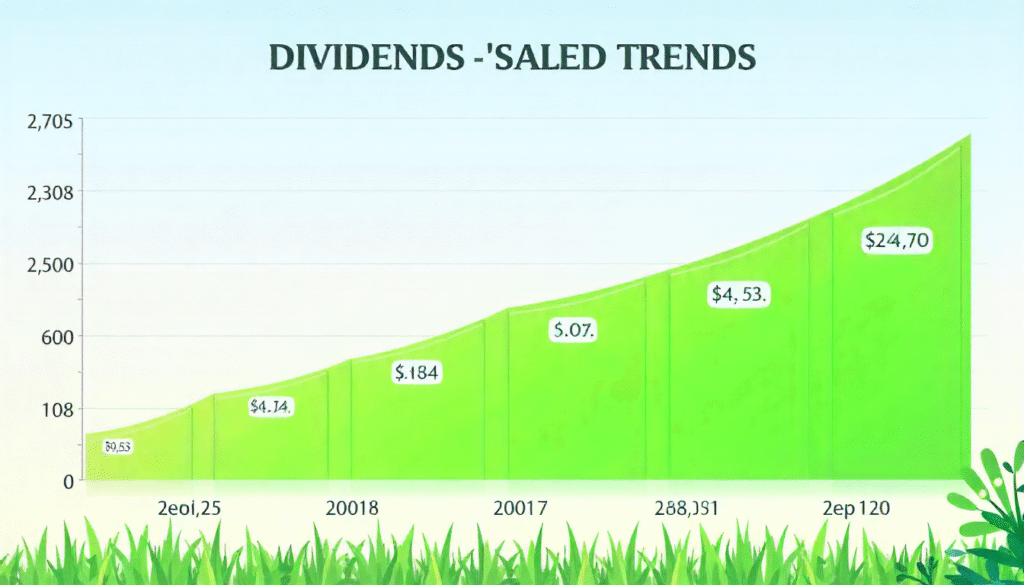Physical Address
304 North Cardinal St.
Dorchester Center, MA 02124
Physical Address
304 North Cardinal St.
Dorchester Center, MA 02124

FS KKR Capital Corp. NYSE FSK dividend history has been a magnet for income seeking investors thanks to its high yield dividend profile. But while the yield is impressive the real story lies in understanding FSK’s dividend history how payouts have evolved how sustainable they are and how FSK stacks up against peers in the business development company (BDC) sector.
This article takes a closer look at FSK’s dividend trends peer comparisons and yield driven strategies helping you decide whether this high yield stock fits into your income portfolio.

Dividend history is not just a record of past payments it is a signal for income stability and potential risks. For FSK dividend history a consistent or growing dividend history builds investor confidence while cuts or irregular payouts may suggest underlying challenges.
Investors typically look at:
In the last few years FSK dividend history has kept a quarterly payout schedule with most base dividends set at $0.70 per share. Here is a snapshot of its recent pattern:
| Ex Dividend Date | Payment Date | Amount |
| June 18, 2025 | July 2, 2025 | $0.70 |
| March 18, 2025 | April 2, 2025 | $0.70 |
| December 12, 2024 | January 2, 2025 | $0.70 |
| September 12, 2024 | October 2, 2024 | $0.70 |
The payout ratio compares dividends to earnings. FSK dividend history payout ratio has often exceeded 100% meaning it pays more in dividends than it earns in net income. While this is common in some BDCs due to pass through income rules sustained high payout ratios can indicate future dividend cuts if earnings drop.
Investor takeaway: High payout ratios are attractive for short term income but require caution for long term sustainability.
In addition to its base quarterly payouts FSK dividend history has occasionally paid special dividends when excess earnings or portfolio gains allowed. For example during 2024 FSK issued a small supplemental dividend alongside its regular payment.
While these bonuses can boost total annual income they are not guaranteed. Investors should treat them as one off events rather than long term expectations.
Lets see how FSK’s dividend profile stacks up against well known BDCs:
| Company | Ticker | Dividend Yield | Payout Frequency | Notable Features |
| FS KKR Capital Corp. | FSK | 12% to15% | Quarterly | High yield occasional specials higher payout ratio |
| Ares Capital Corp. | ARCC | 8% to10% | Quarterly | More stable payouts diversified portfolio |
| Main Street Capital | MAIN | 6% to 7% | Monthly + specials | Monthly income, strong track record |
| OFS Capital Corp. | OFS | 11% to 13% | Quarterly | High yield similar risk profile to FSK |
Key insight: FSK dividend history leads in yield but lags some peers in sustainability. MAIN offers smoother monthly cash flow while ARCC delivers more predictable quarterly income with less payout risk.
Understanding FSK dividend history dividend evolution gives investors better insight into the company’s performance management strategy and risk profile.
While the yield has been consistently high the journey to its current payout level has been shaped by market conditions portfolio performance and changes in interest rates.
Before 2023 FSK’s dividend yield moved between 9% and 13% largely influenced by two factors:
During this period FSK dividend history was still integrating assets from mergers and acquisitions within its portfolio and management was fine tuning the balance between maximising shareholder returns and retaining capital for growth.
By early 2023 FSK’s management aimed to improve payout predictability. This shift led to the adoption of a steady $0.70 per share base dividend each quarter.
Another driver of this stability was the favorable interest rate environment. As the Federal Reserve maintained higher rates FSK dividend history floating rate loan portfolio generated more interest income supporting the consistent quarterly payout without the same level of strain on reserves.
Looking ahead to 2025 FSK has signalled no immediate changes to its $0.70 quarterly base dividend. If market and credit conditions remain stable maintaining this payout is realistic. However several watch points are critical:
Investor insight: The $0.70 quarterly payout is attractive, but long term sustainability hinges on portfolio health and earnings coverage. A prudent strategy for 2025 is to enjoy the yield but keep an eye on quarterly earnings reports and management commentary.
FSK Dividend Trends
| Period | Dividend Pattern | Yield Range | Key Notes |
| Pre 2023 | Variable base + occasional specials | 9% to13% | Higher volatility supplemental boosts |
| 2023 to 2024 | Fixed $0.70 quarterly base + small extras | ~12% to14% | Stability focus strong interest income |
| 2025 Outlook | Continuing $0.70 quarterly | ~12% to15% | Dependent on payout coverage and credit health |

Use FSK as a high yield satellite holding alongside more stable core income stocks like ARCC or MAIN. This approach balances risk and return.
Some traders buy shares just before the ex dividend date to collect payouts then sell shortly after. While tempting this strategy requires careful timing and awareness of potential price drops.
Enrolling in a dividend reinvestment plan (DRIP) can help grow your holdings over time, turning high yield into compounding returns.
While FSK’s dividend yield is one of its biggest attractions it also comes with risks that income focused investors need to understand before committing a large portion of their portfolio.
Dividends are not guaranteed and several factors could challenge FSK’s ability to maintain its current payout levels.
As a business development company (BDC) FSK dividend history lends primarily to middle market companies businesses that are too small for large corporate financing but too big for traditional small business loans. These borrowers often carry higher risk profiles especially during periods of economic weakness.
Investor takeaway: Watch FSK dividend history quarterly reports for trends in non performing loans. A rising percentage can be an early warning sign of dividend strain.
FSK’s portfolio is heavily weighted toward floating rate loans. This structure can be both a blessing and a curse:
On the liability side FSK also borrows to fund its portfolio.
Investor takeaway: Rate sensitive BDCs like FSK can see significant swings in profitability based on Federal Reserve policy. Monitoring central bank guidance is key for dividend sustainability.
One of the most important numbers for dividend investors is the payout ratio the percentage of earnings paid out as dividends.
A persistently high payout ratio reduces flexibility. If earnings dip even slightly the dividend is at risk because there is no buffer to absorb the shock.
While the big three factors above dominate the conversation, other elements can also influence FSK’s dividend outlook:

FS KKR Capital Corp. (FSK) has built its reputation on delivering one of the highest dividend yields in the business development company (BDC) space. That is why it regularly appears on income focused investors watchlists.
However deciding whether FSK dividend history belongs in your portfolio is not just about being attracted to a double digit yield it is about understanding whether its risk reward profile matches your investment objectives.
FSK’s dividend history is a blend of high yield steady base payouts and occasional bonuses. Compared to peers it offers more income but also carries more risk.
For investors who understand the trade off between yield and stability FSK can play a valuable role in a diversified income portfolio.
FSK pays its regular base dividend on a quarterly schedule not monthly.
Yes while the base payout has been steady recently management can adjust dividends if earnings or credit conditions shift.
Most shareholders receive cash but some may opt into dividend reinvestment plans (DRIPs) through their broker.
FSK’s yield is significantly higher than traditional savings accounts but it carries more market and credit risk.
It can work for income focused retirees but pairing it with more stable dividend stocks is a safer approach.
Yes its floating rate loan portfolio can earn more income when rates rise boosting dividend support.
It can add BDC exposure to a portfolio but should be balanced with other asset classes to reduce volatility.
You must own the shares before the ex dividend date to qualify for the upcoming payout.